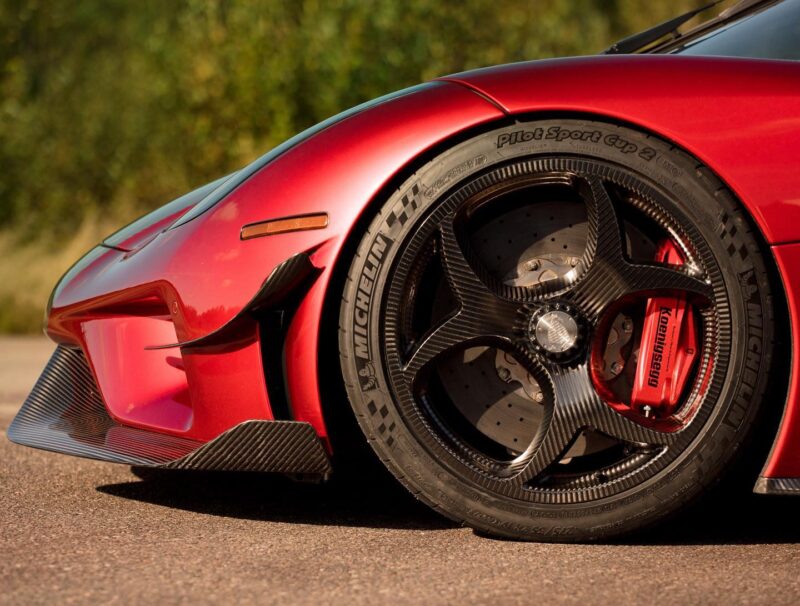Did you know that the European Union had recently proposed a ban on the use of carbon fibre in vehicle construction by the year 2029?
However, the proposal to prohibit the use of this lightweight material has been retracted, according to a recent report by Motor1 Italia.
In a legal amendment enacted last January, the EU intended to add carbon fibre to the list of hazardous materials, which includes mercury, lead, and cadmium.
This decision was based on concerns that during the vehicle disposal process, detached carbon fibre filaments could become airborne and pose a risk if they come into contact with human skin.
Authorities also determined that this material could damage the recycling machinery used.
The automotive industry accounts for 20 percent of global carbon fibre production.
Due to its lightweight and durable properties, carbon fibre has become an essential material for the construction of high-performance vehicles, including chassis, seats, and side mirrors. Some manufacturers even use the same material to create lighter rims.
Carbon fibre is also a primary material in electric vehicles, aimed at reducing weight and contributing to longer driving ranges.
Fortunately, the move to ban the use of this material will not be pursued.
If it had been, there would have surely been strong opposition from most automotive manufacturers worldwide.
